Table of contents
What is the sword of St. George?
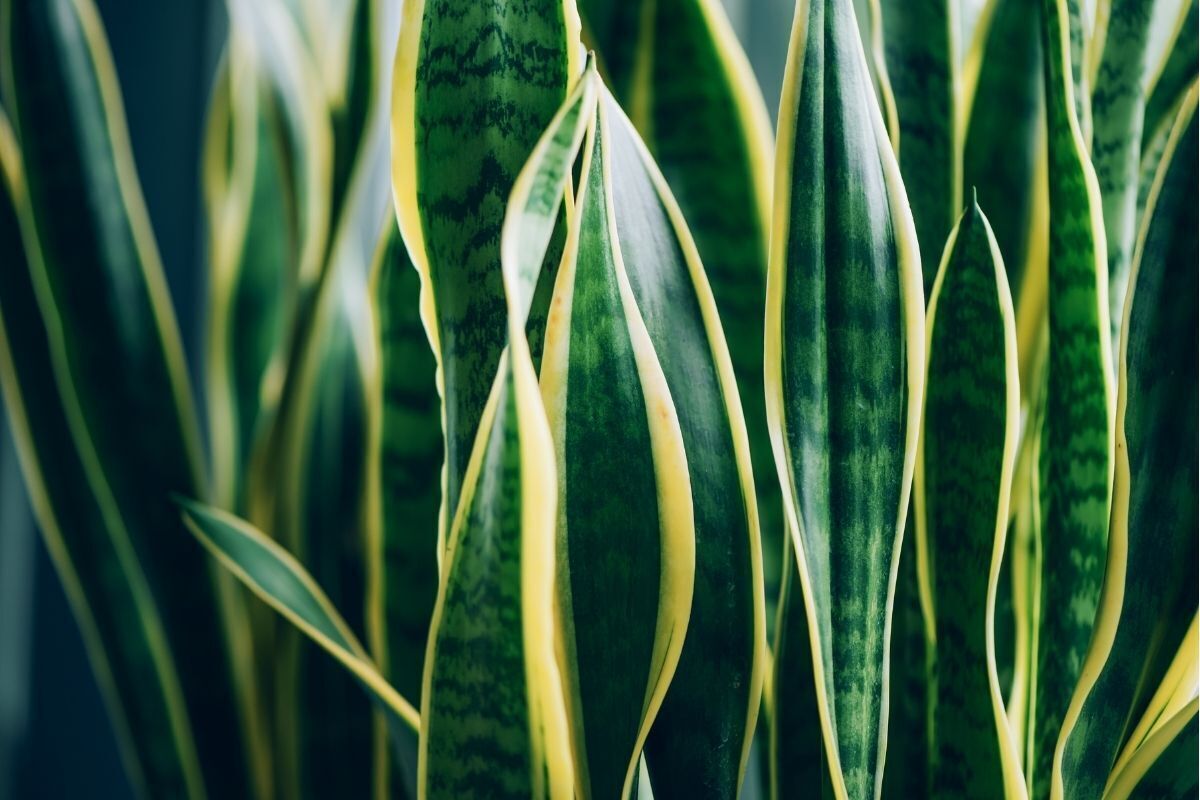
The sword of St. George is a plant known for its mystical powers. It has also become valued for its ability to purify the air, filtering toxins and producing oxygen. It is also known as the sword of Iansã, sword of Ogum and sword of Santa Bárbara.
Native to Africa and Asia, this plant is toxic when ingested, but, on the other hand, it proved to be very useful in those regions for the production of bowstrings, due to its strong fibers. Popularly, it is used as an ornamental plant and as an amulet, and is also used in various mystical rituals, especially those of the Afro-Brazilian culture.
Meaning of the Sword of St. George
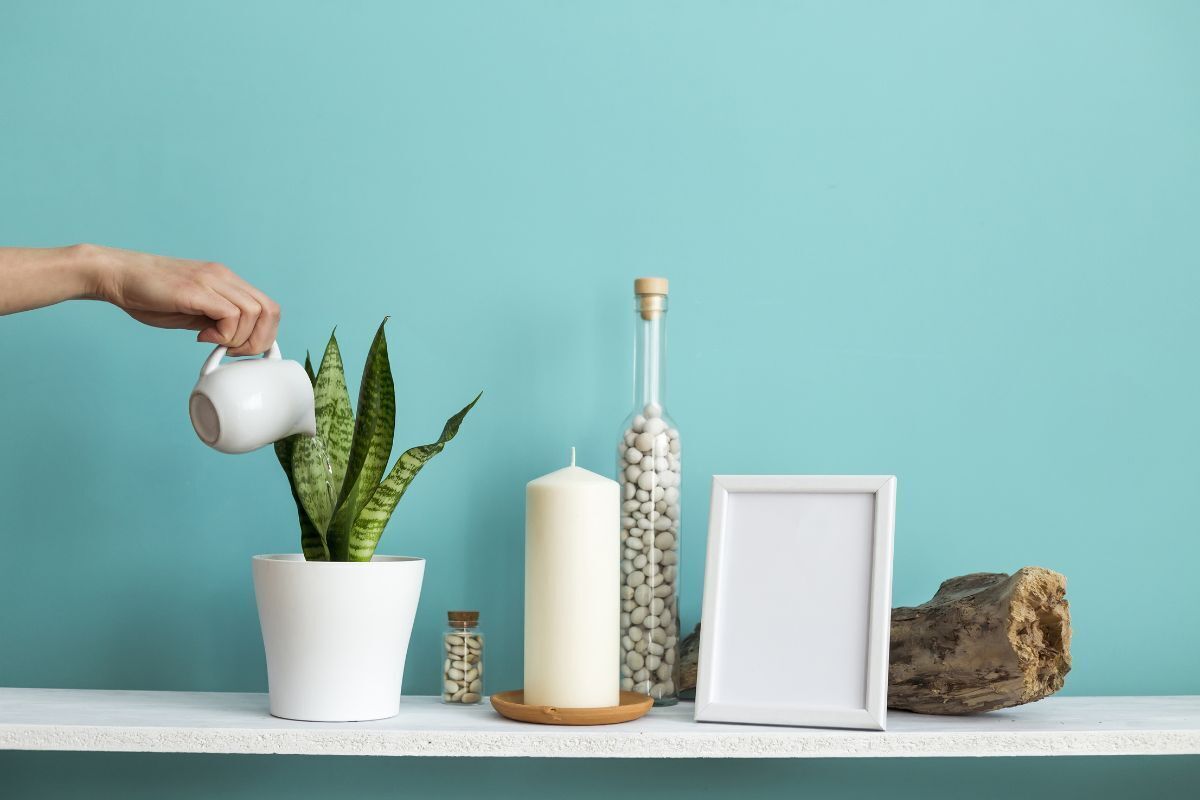
We will learn about the origin and meanings of the Sword of St. George, addressing also its scientific and popular aspects. Check it out!
Origin of the Sword of St. George
The plant that in Brazil is known as Sword of St. George is native to the continents of Africa and Asia. There are about 130 catalogued species of this plant. Other popular names for this plant are: mother-in-law's tongue, snake plant and lizard's tail. Sometimes it is called by its scientific name, sansevieria.
It was catalogued in Europe during the 18th century, probably when its use as an ornamental plant became widespread in that continent. In Brazil, it became popular associated with the spear wielded by Saint George to slay the dragon, and for its symbolism as perceived by religions of African origin.
Protection
Sansevieria, or St. George's Sword, has traditionally been associated with spiritual protection in various mystical circles. But beyond its presence in settings devoted to rituals, it has become very popular as a plant that is both decorative and protective.
This happens because it is attributed the power to emanate positive energies and also to drive away negative energies. In this sense, it is considered a shield of protection against evil, helping to keep one safeguarded. In Brazil, it is associated with the protective powers of Saint George and also of orixás such as Iansã and Ogum, among others.
Courage
The legend of Saint George is set in a town in Libya, when the noble knight saved the population from the threat of a dragon by facing it with his spear. Saint George's victory over the dragon is a tale that inspires courage.
The association of the sansevieria with this legend is immediate, when we think of the visual similarity of the plant with the spear or sword of the saint. Moreover, it also concerns what the peoples of Africa and Asia reported in terms of symbolism. In this sense, courage is one of the qualities of the orixás that are associated with it.
Popular names
In the many countries where this plant was introduced, nicknames for it became popular. Thus, Sansevieria is known in Brazil as Espada de São Jorge, but also Espada de Santa Bárbara, Espada de Ogum and Espada de Iansã.
There are also other names for this plant, such as: mother-in-law's tongue, snake plant and lizard's tail. In other countries it is called devil's tongue, snake tongue or bowstring hemp. In some places in the Middle East it is known as jinn tongue, creatures associated with spirits, genies or demons in the pre-Islamic mythology of those regions.
Toxic plant?
Like many ornamental plants that are often grown in gardens or placed in environments for decorative purposes, the Sword of St. George is toxic. Therefore, despite being a plant that is easily found, you should take some care to have it at home. Especially if you have small children and pets.
In such cases, it is advisable to keep the swords out of the reach of children and pets, and if they are close to the ground, everyone in the house should be warned of their dangers. This is because their substances can irritate the skin and mucous membrane and cause difficulty in moving and breathing.
Sansevieria cylindrica
There are varieties of Sansevieria or Sword of St. George, cultivated as ornamental plants or for mystical use. Sansevieria cylindrica is one of these varieties, being popularly known as St. George's Spear. The name "spear" instead of "sword" is justified by its cylindrical shape, i.e., its stems are pointed, smooth and long.
Their features make them easy to handle decoratively, and they are often grown plaited or in other ornamental forms, usually arranged in pots. They are easy to care for and do not require much water, so beware of over-watering. This plant can give intensely fragrant white and pink flowers.
Sansevieria Trifasciata Hahnii
The Sansevieria Trifasciata Hahnii, known as the Swordbush, is a variety of the Sword of St. George widely used in interior decoration. It is considered a dwarf variety of the Sansevieria, reaching up to 20 cm in height. It is often planted in pots, alone or combined with other ornamental plants.
It is said that it was developed in the United States and, besides its traditional green form, there is a variation with yellow stripes on the extremities, called Golden hahnii. Besides it, there is the moonshine version, with silver leaves. Like the vast majority of sansevieria, it does not require complex care, refusing excessive watering and growing healthier in well-drained soils.
Sansevieria trifasciata
Sansevieria trifasciata is a variety of Sansevieria widely cultivated for ornamental purposes. It has some versions that differ in terms of coloration and other visual aspects, such as the occasional presence of colored stripes at the ends of the stems. It is a plant known for being quite resistant and requiring little care for its maintenance.
It does not like to receive much water, preferring well-drained soil. It can be arranged in pots or directly on the ground, in half-shade or full sun, and is cultivated in cold or hot climates. Its mystical attributes are traditional, being a plant used for the protection of environments.
Benefits of St. George's Sword

Below, we will know the main benefits of the Sword of St. George for you who have or want to have this plant at home. Follow.
Easy to be cared for
One of the reasons people grow St. George's Sword at home is because this plant doesn't require too much or complex care. Whether indoors, planted in pots and planters, or in the soil of gardens, sansevieria is a plant that accepts sun and shade well.
Therefore, the question of lack or excess of luminosity is not a problem for this plant. In the same way, it does not require too frequent watering, accepting little water. In this sense, the care should be exactly not to water it too much, which can rot its roots and wear out the leaves.
Air purification
A NASA (National Aeronautics and Space Administration) project discovered that St. George's Sword is one of the effective plants for purifying the air. The project was intended to research new ways to promote air cleanliness in space stations.
Tests have shown that the varieties of Sansevieria have the ability to eliminate some pollutants, such as formaldehyde. In addition, during the night, this plant absorbs carbon dioxide, also releasing oxygen during the day. This is another reason to grow St. George Swords in bedrooms as well.
Amulet of protection
The Sword of St. George is a plant known by mystical traditions. Its power of protection is one of its most commented attributes by those who cultivate it for ritual purposes, or as a protective amulet.
In this sense, it is believed that its presence in domestic environments wards off bad energies.
Besides purifying the air, it promotes energetic purification, also bringing courage and determination.
In South Korea, it is used in business inaugurations, due to its reputation of spreading good luck. In Brazil, it was formerly used at the entrances of houses, next to the front doors, as protection against evil eye and envy.
Sword of St. George in Umbanda
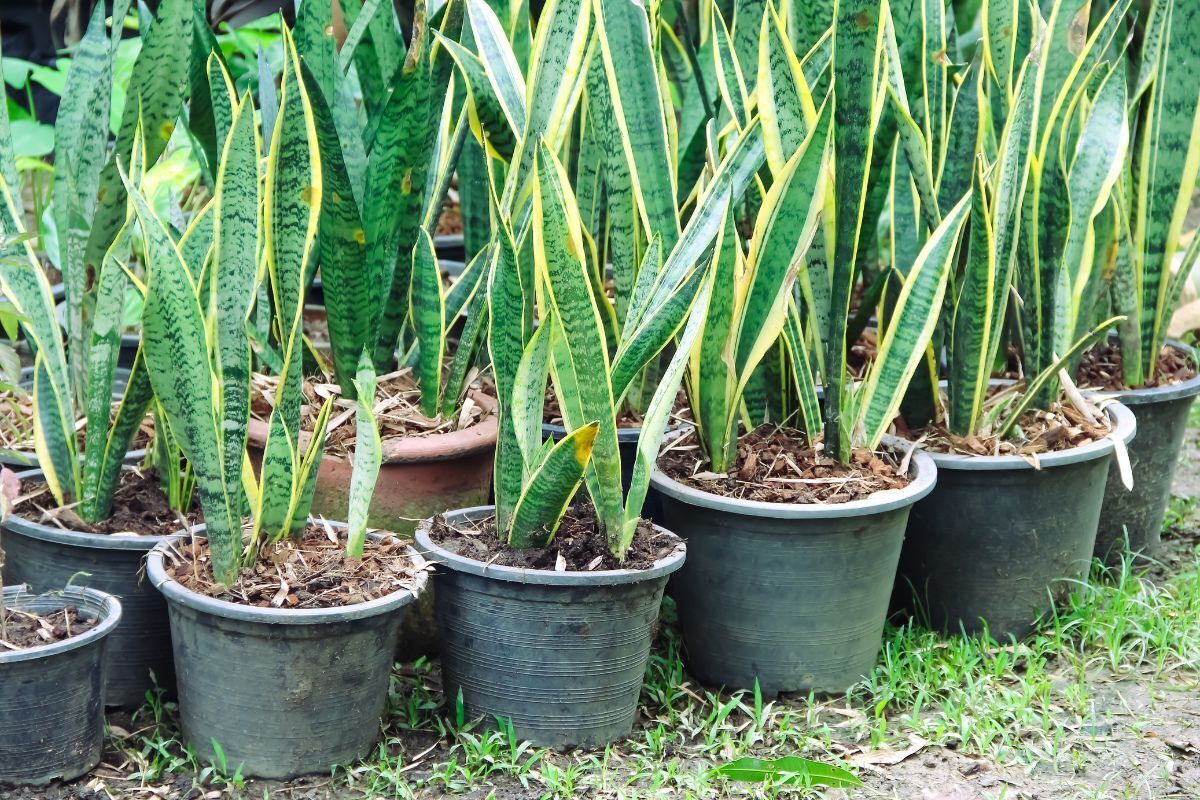
In this section, you will know the meaning of the Sword of St. George for Umbanda, as well as its use, salutation, and relationship with Ogum. Check it out.
Sword of Ogum
The sensevieria is known by the name of Sword of Ogum, beyond its association with St. George. The saint of Cappadocia and the orixá of Afro-Brazilian religions are syncretized, which means that they share some of their main attributes. Ogum is perceived as the warrior who inspires courage.
In addition, he masters the work with earth, which is his element, in composition with fire. Umbanda practitioners attribute the Sword of Ogum and its symbolism mainly to this orixá, but it is also seen related to other orixás, such as Iansã, Oxóssi, Oiá and even Iemanjá.
Usage in Umbanda
The Sword of Ogum is a plant that is widely used in Umbanda. In Yoruba, its name is Ewé Idà Òrisà. It is mainly present in cleansing rituals, for example when it is necessary to remove charged energies from a person's aura.
Some of these rituals stand out, such as the initiation ritual known as amací, but also the baths and the bate-folha ritual, a procedure designed to cleanse dense environments impregnated with negativity. Because it is powerful, the Sword of Ogum is used sparingly, as it can cleanse negative energies in such a way that it can carry other energies along with it.
Salute
The most traditional way of greeting Ogum is to say: "Ogum Yê, my Father!" or simply "Ogum Yê". The meaning of this greeting is something like: Salve Senhor Da Guerra! or Salutations to the Lord of War. As it is known, Ogum is responsible for emanating energies of courage.
He prepares the spirits for good battles, bringing security and protection, but also victories and overcoming. He is also an orixá responsible for technology, inspiring creativity and imagination. In the rituals dedicated to this orixá, the presence of sensevieria is very frequent, and the powers of this plant are activated in an intense way.
Where to place at home
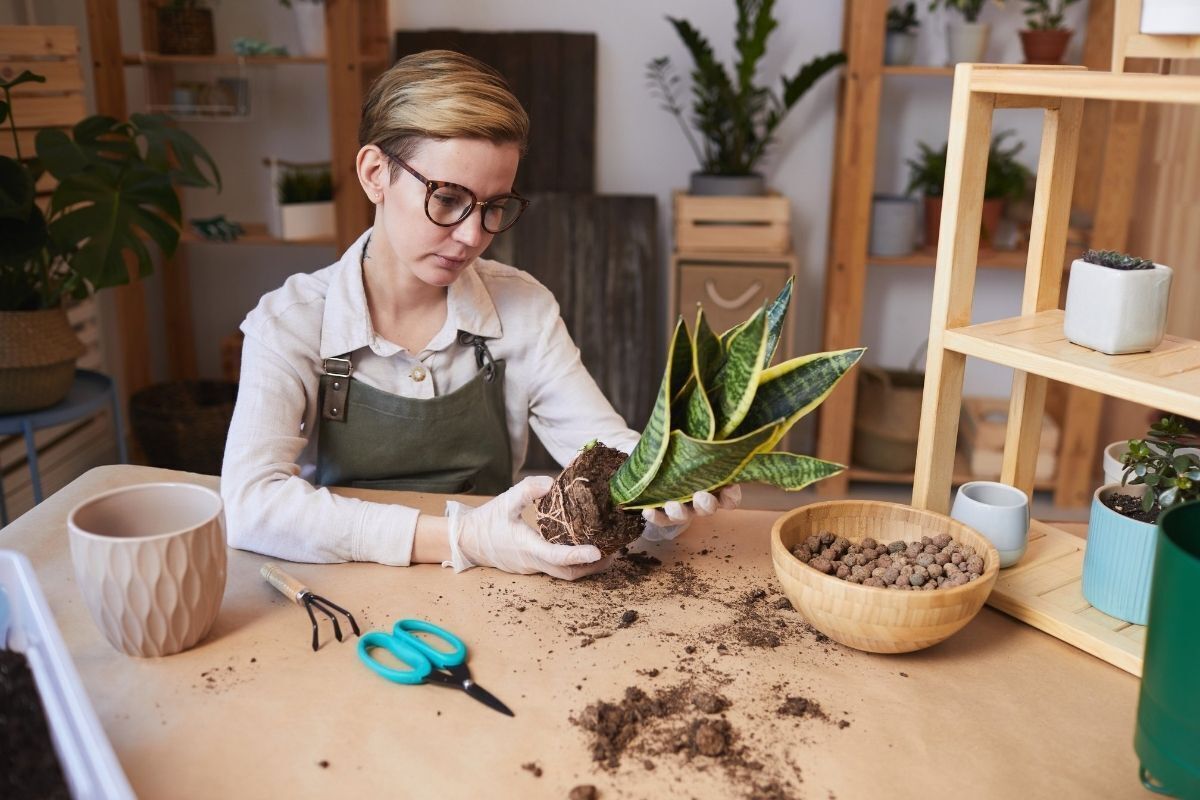
Continue reading to learn the best ways to position the Swords of St. George in your home, both in the external and internal area. Check it out!
Avoid corners
People who cultivate the Sword of St. George at home in order to bring protection and luck, should know that these plants should not be positioned in corners or corners. This guidance is due to the fact that the meeting of two walls form a triangle, ie, refers to the shape of a spearhead.
This meeting of extremities provokes energies of conflicts and fights, unbalancing the positive energy that the plant offers. In the same way, the Swords of St. George should not be positioned near pointed and sharp objects that resemble or can be used as weapons.
External area
The Sword of St. George can be grown in the garden, directly in the soil or in pots. Being a plant of sculptural and exuberant look, its potential to decorate outdoor environments is great. In a garden, you can compose a path or trail bordered by Swords of St. George.
You can also mix different species of the plant to create contrast and variety. Another way to decorate the outside area with the Sword of St. George is growing it in pots. Medium or large pots provide space for the stems to reach up to 90 cm in height and can be arranged symmetrically, for example, on the sides of doors and entrances.
Internal area
Indoors, the Sword of St. George offers sophistication and emanates positive energies, protection and prosperity. Whether in company with other plants or alone, it stands out for being showy, displaying an intense and striped green. It can be arranged in large or medium pots, for example, decorating environments such as living room or bedroom.
In bathrooms, it has been widely used for its freshness and sculptural aspects. Dwarf varieties, such as Sansevieria Trifasciata Hahnii, Golden or Moonshine, are graceful in small vases, and can be arranged in windows, shelves or coffee tables. They also enhance spaces such as balconies and service areas.
Sword of St. George as amulet

Continue reading to learn about the power of the Sword of St. George as an amulet, and discover how to position it to get the best energies. Follow along.
Patuá
The patuas are amulets that provide protection. Those made with the Sword of St. George have the potential to protect the person from danger and evil eye. They also emanate energies of good combat, that is, inspire the sense of justice in daily battles. To make a patuá of Sword of St. George, you must choose a piece of fabric.
We recommend using a color associated to Ogum, such as red, because of the association of this plant with this orixá. You should place a piece of the plant inside this cloth and sew it in the form of a little bag. Take it with you among your belongings and, at home, leave it close to where you sleep. Only you can touch this patuá.
Next to the door
A good way to use the Sword of St. George to protect a home is to place it next to the door. The energetic cleansing and protective capacity that this plant has makes it an excellent amulet for the home. It preserves the environment and purifies the charged energies of those who arrive.
In this way, all people who enter the house will have to go through this kind of purifying portal that the vibrations of the plant create. In the old days, it was common to see vases of Sword of St. George at the entrances of houses, flanking the doors. It is an excellent decorative option and at the same time works as an amulet.
Avoid proximity of sharp objects
An important factor to be considered when thinking about the composition of an environment with the Swords of St. George is to avoid that they are arranged in proximity to objects with tip. This is because pointed or triangular objects generate an intense energy field, and these energies clash with the powerful energies of the plant.
Potentiating the vigorous energies of this plant means activating them for the combat mode. Thus, the environment is more prone to conflicts and disagreements. Therefore, when choosing the place to place the Sword of St. George vases, give preference to areas free of such objects.
Sympathies with Sword of St. George
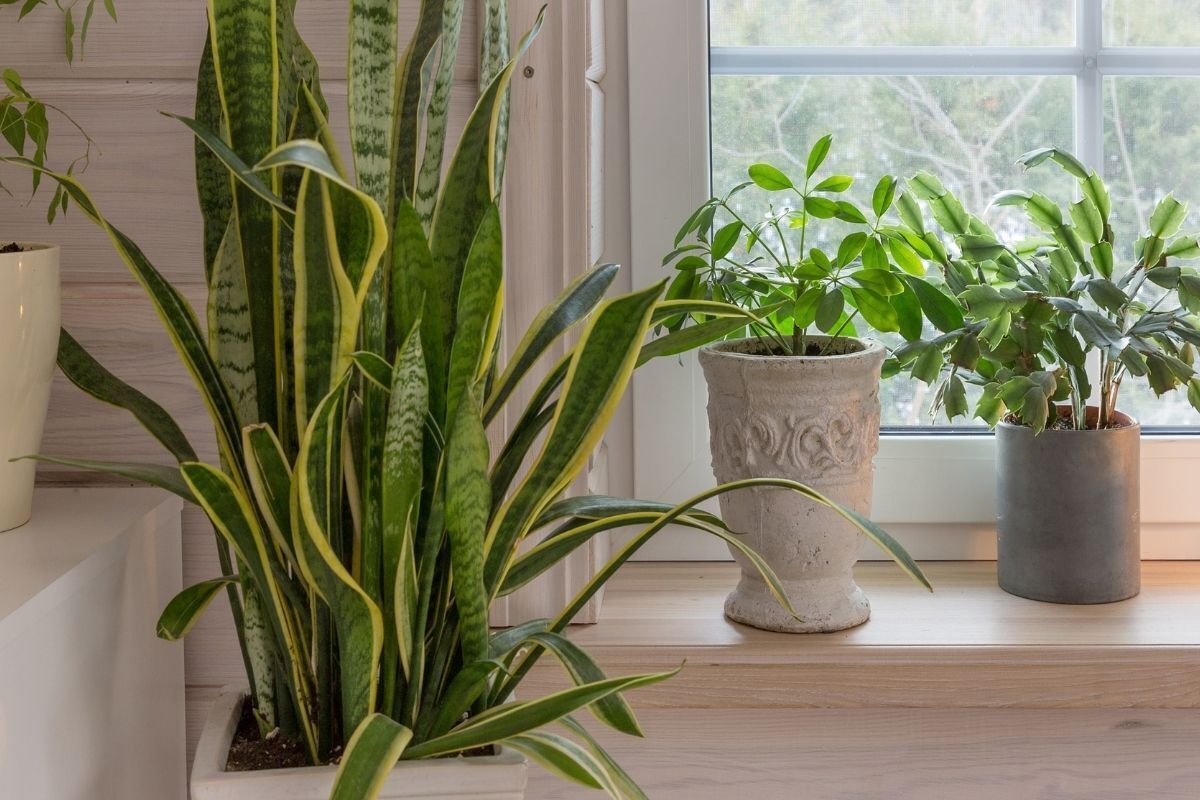
In the sequence of the text, learn how some powerful sympathies work, which can be done with the Sword of St. George and are intended for various purposes. Check!
Sympathy to keep away fights from home
There is a very simple sympathy to keep the fights away from home, using the Sword of St. George. In fact, the procedure can be considered permanent, that is, it is something that can be done in terms of arrangement or arrangement of some plants in an environment. This sympathy consists of combining the energies of vegetables.
In a vase, plant the Sword of St. George of the variety of your choice, mixed with two other seedlings of plants: the with-me-new-pod and the arruda. These are plants that also ward off negative energies. Place the vase next to the entrance door of your home.
Sympathy to not feel more fear
A very simple sympathy against feelings such as fear and cowardice can be done with the Sword of St. George. Cut a long stem of the plant and go to an outdoor area. You must hold the leaf as a sword and point it to the sky, repeating three times the following phrase: "I will overcome all the fears that beset me, because the Sword of St. George protects me.
The procedure should be followed by a prayer, such as the Our Father, or another prayer that speaks to your heart. Then the stem used should be discarded in a garden other than your own.
Sympathy to open paths
The sympathy to open paths with the Sword of St. George should be done for seven days, always in the morning. Cut a long stem of the sword and, in the early morning, go to an outdoor area, which can be garden or even a balcony or window.
Point the sword towards the sun and repeat three times: "King star, enlighten my paths and renew my energies". Use the same stem during seven days, always keeping it in a reserved place. After the seven days, discard the stem in a garden or land that does not belong to you.
Sympathy for luck at home
The sympathy for luck at home is made with the Sword of St. George, plant that emanates powerful energies of protection, opening of paths and prosperity. Choose the first Friday of the month and sprinkle three times perfume in the four corners of each environment of your home.
Cut a sword of St. George and go through the rooms making the sign of the cross in the air with the sword. Finally, use a rope or string to tie the sword and let it hang behind the front door. When it is completely dry, dispose of it in a garden or on other people's land.
What is the great attribute of the Sword of St. George?
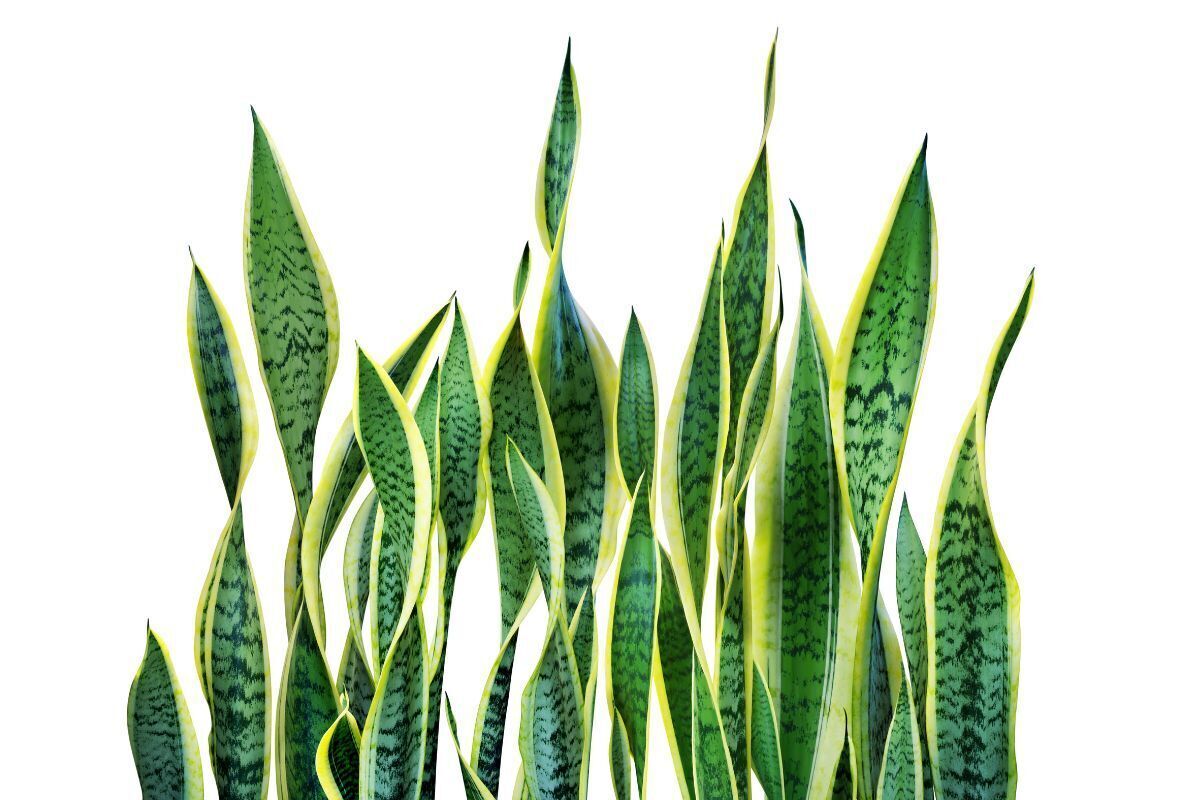
The Sword of St. George is a plant known for its mystical powers and purifying capabilities. In this sense, it is able to promote energy cleaning of environments, removing dense and negative energies, in addition, it is also effective in renewing the air, eliminating toxins and producing oxygen.
In addition, it is a plant of great beauty and ornamental value, being used for centuries as a decorative element in indoor and outdoor environments. Among all the qualities attributed to the Sword of St. George, its power of protection stands out. It blocks bad energy and bad intentions, bringing inspiration and courage on a daily basis.

